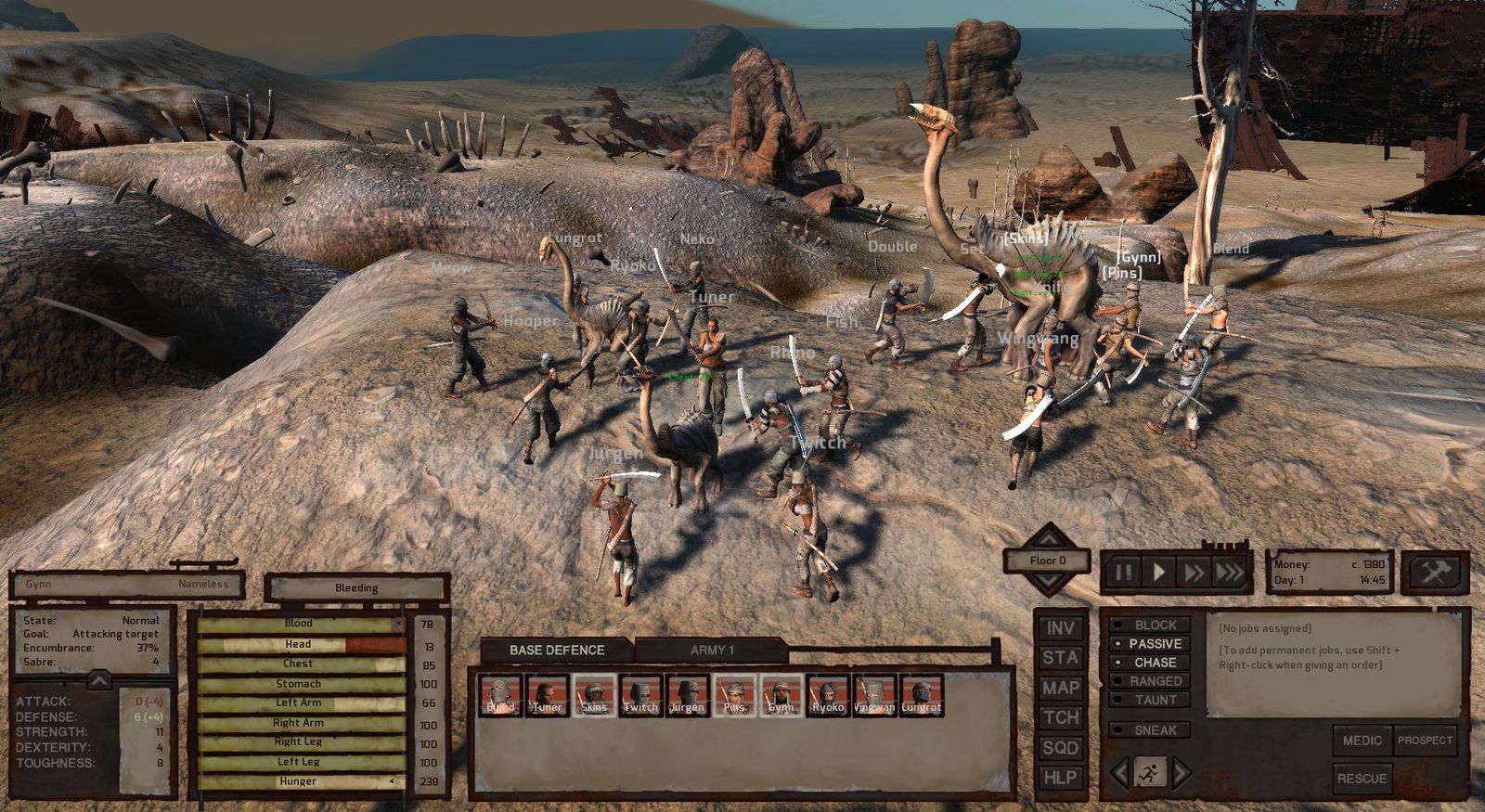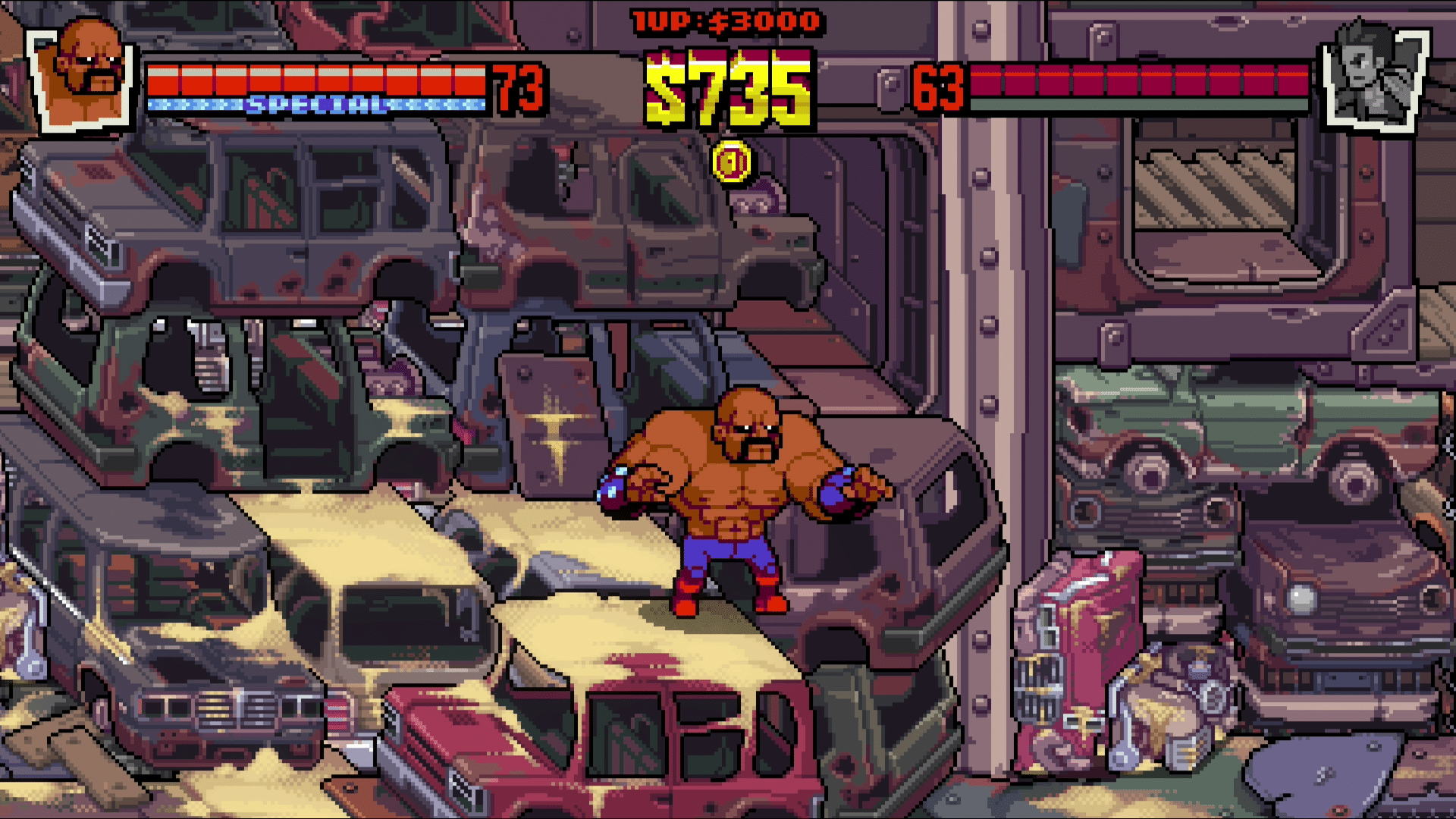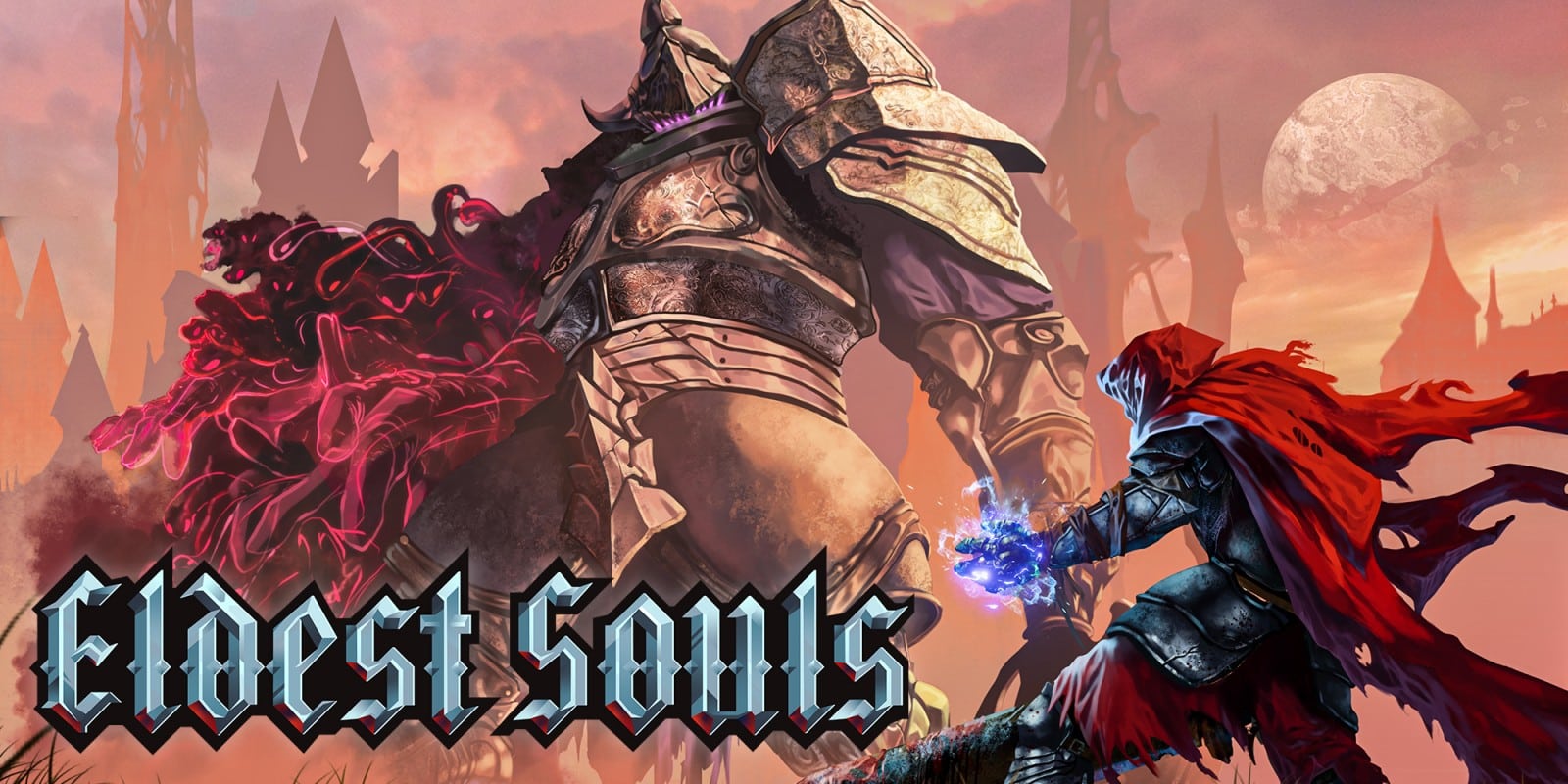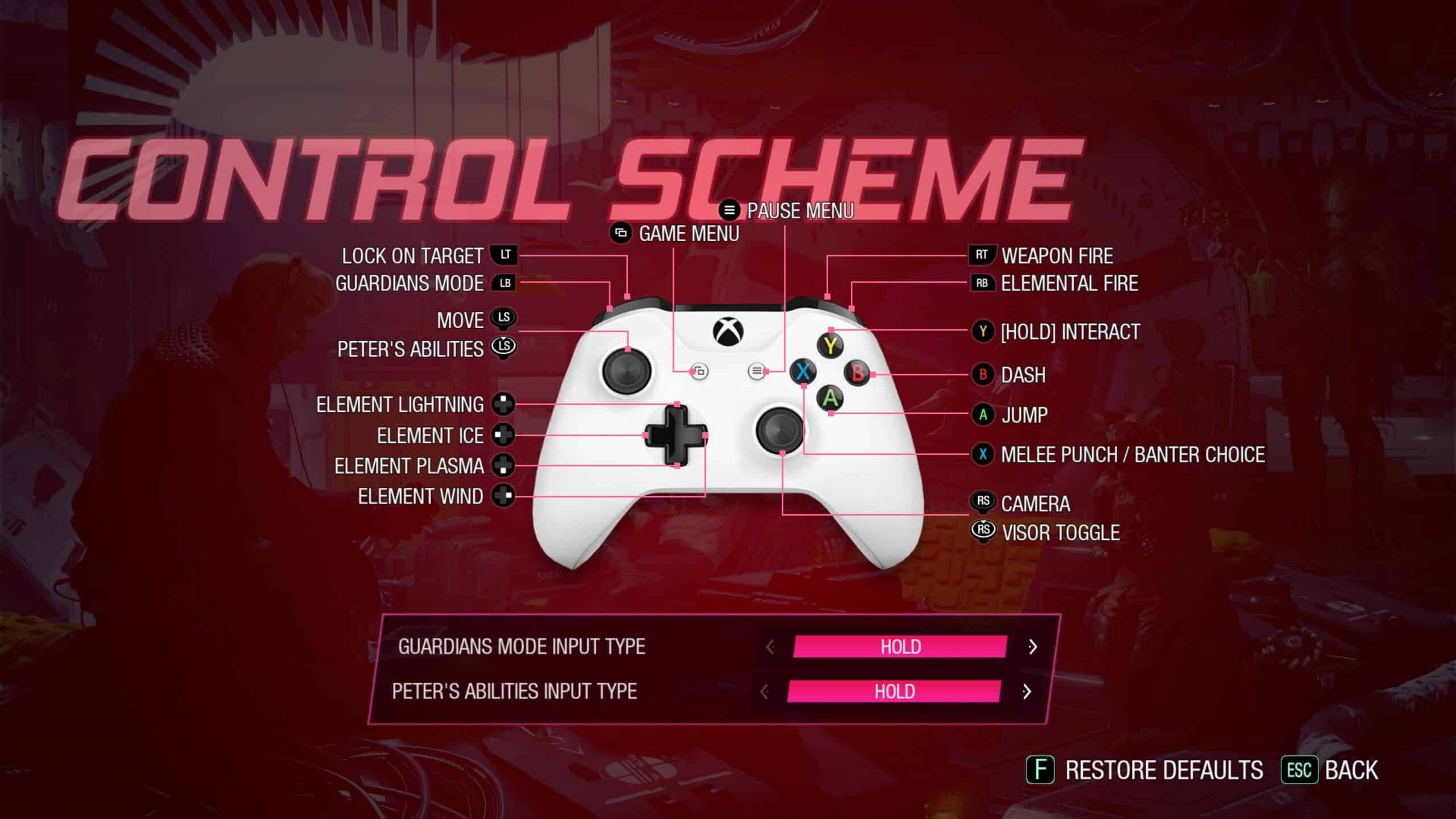It’s hard to believe I’ve written for a gaming news and review site for over a decade. Of the countless projects I’ve worked on, there is no game I’ve followed more closely than Destiny. Even if my original, arguably poorly written, review no longer exists via traditional means, it’s a journey I remember rather well, and one I wanted to see come to a close with Destiny 2: The Final Shape. With countless Guardians feeling the same way, and anticipation at an all-time high, is this the pinnacle Destiny 2 experience, or is Destiny in the running for another most disappointing game award?
Destiny 2: The Final Shape‘s campaign suffers from the same core issue as Destiny 2: Lightfall. Both act as a penultimate chapter that ultimately build up to bigger and better things that take place elsewhere. Destiny 2: The Final Shape avoids similar pitfalls by including the payoff, though it makes the early narrative feel like filler.
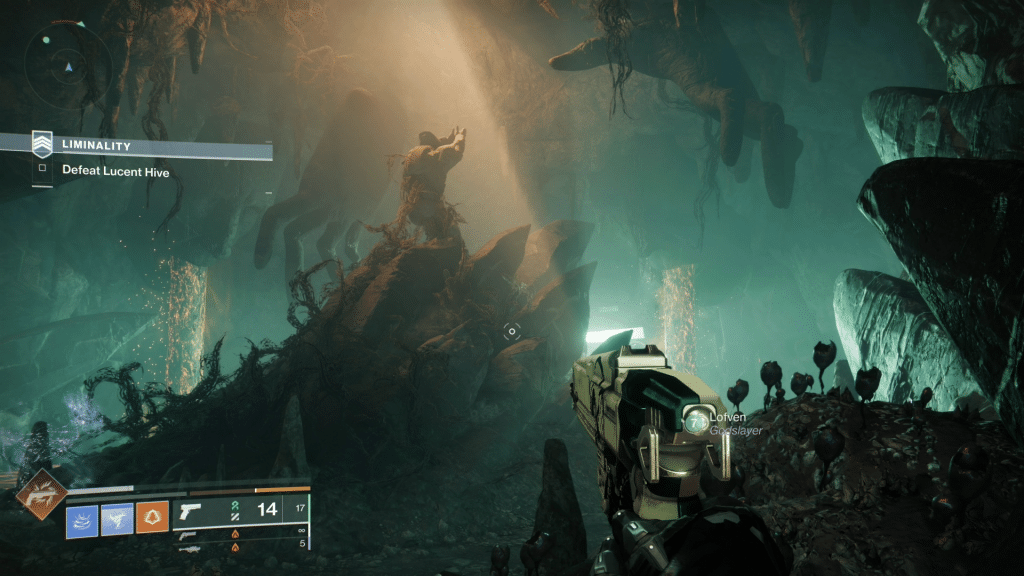
At this point The Witness has no narratively important disciples. Rhulk was bested back in Destiny 2: The Witch Queen, Calus’ grand journey ended with a forgettable confrontation at the end of Destiny 2: Lightfall, and practically everyone killed Nezarec in what is widely regarded as the easiest raid. The narrative only had one path forward, which is ending The Witness, though that too is reserved for the raid, Salvation’s Edge.
Since The Witness, and any remaining major force they may possess are behind the raid, early campaign stages are all set up for the final push. It feels slow, tedious, there are some questionable character moments, and deliberate choices that ultimately hint at things to come.
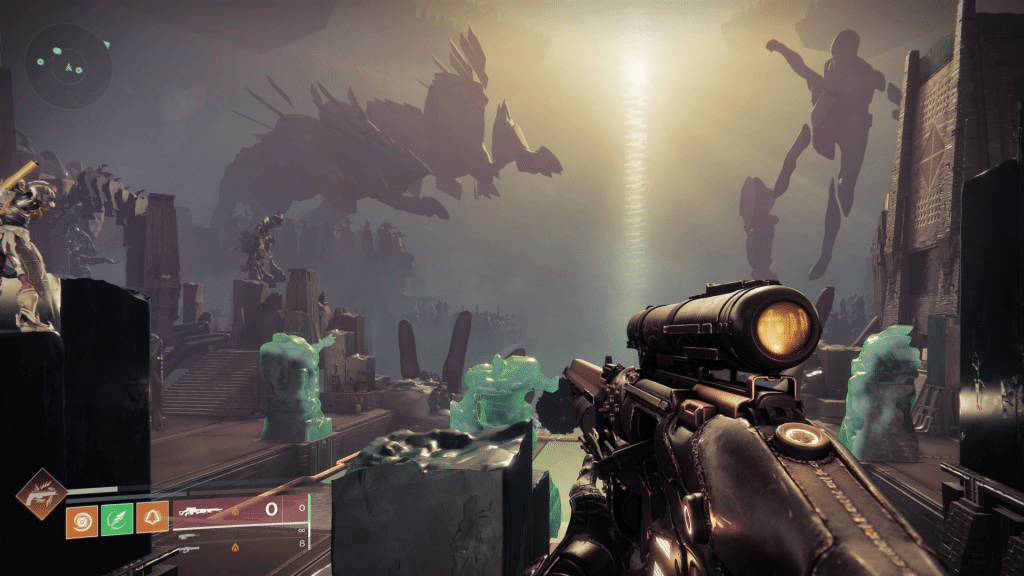
Stunning Locations
Despite the slow start, the final three of eight stages feel like Destiny 2 at its best. There is a cohesive narrative, unique visuals, and there is a looming dread as players slowly approach the final confrontation.
Said confrontation takes place in two distinct versions. There is the traditional raid fight, and a more accessible version that feels like a well earned victory lap. This is a foe that requires a previously unheard of 12 Guardians working together, complete with practically every notable character making a return to aid in the final push.

The end also feels like the natural conclusion for Destiny 2‘s first saga. So much is conveyed through a final cutscene that will likely resonate in players regardless of whether Dinklage was their Ghost, they met Calus original challenge, or joined sometime after the end game was revealed.
Narrative aside, I think the campaign is one of the best Bungie has created. It starts by reusing a number of notable locations, and mechanics. Those with the experience will immediately see the stage where Oryx was defeated on his Dreadnaught, whereas those without get a taste of what is hidden behind end game experiences.
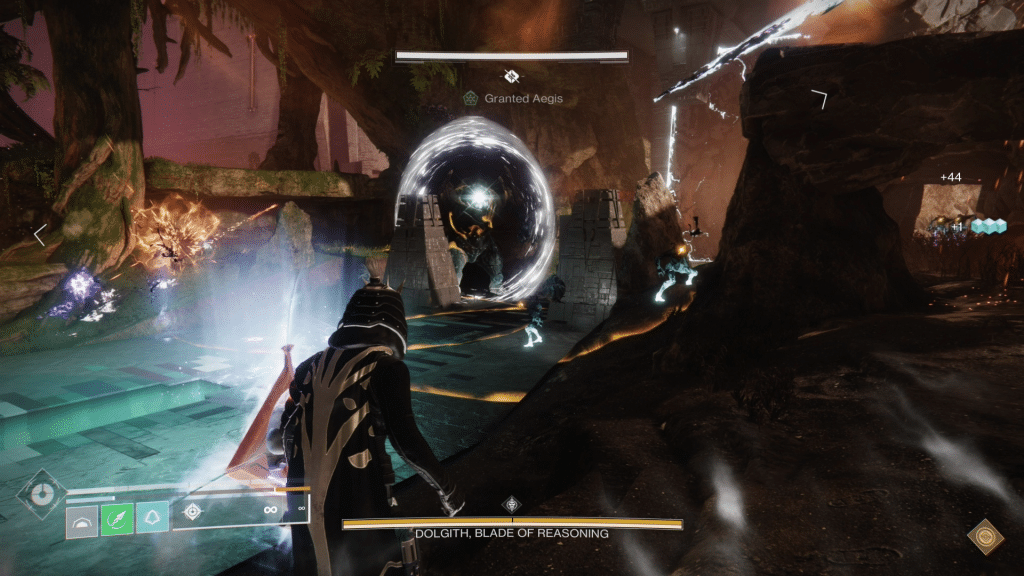
Master Vault of Glass’ Shield
Perhaps my favorite touch is including mechanics found in dungeons/raids. This was something Operation: Seraph Shield, which uses a lot from Deep Stone Crypt, was praised for and many hoped would appear in the future. It helps bridge the gap between these foreign mechanics, and their hardcore counterpart in a way that is far more approachable.
Along with going in an interesting direction with the campaign itself, Destiny 2: The Final Shape takes some interesting risks. Perhaps the most notable is Dual Destiny. The exotic quest awards the highly sought after exotic class items, and is the first PVE mission designed around two players working together. Nothing about it is particularly difficult, though that isn’t to say you can’t fail. Plus it forces players to learn Vow’s symbols ideally resulting in it finding a second life.

The fireteam versions of the final three story missions are just as inspired. Instead of relying on powerful foes, or Champions, a number of unique teamwork based mechanics were implemented. There is something great about having roles randomly assigned, or needing to communicate to avoid needless deaths.
There is also a lot to be said about the latest raid, Salvation’s Edge. Where Root of Nightmares was a lot of easy content with mechanics that discouraged additional players getting involved, Salvation’s Edge is about pulling your own weight.
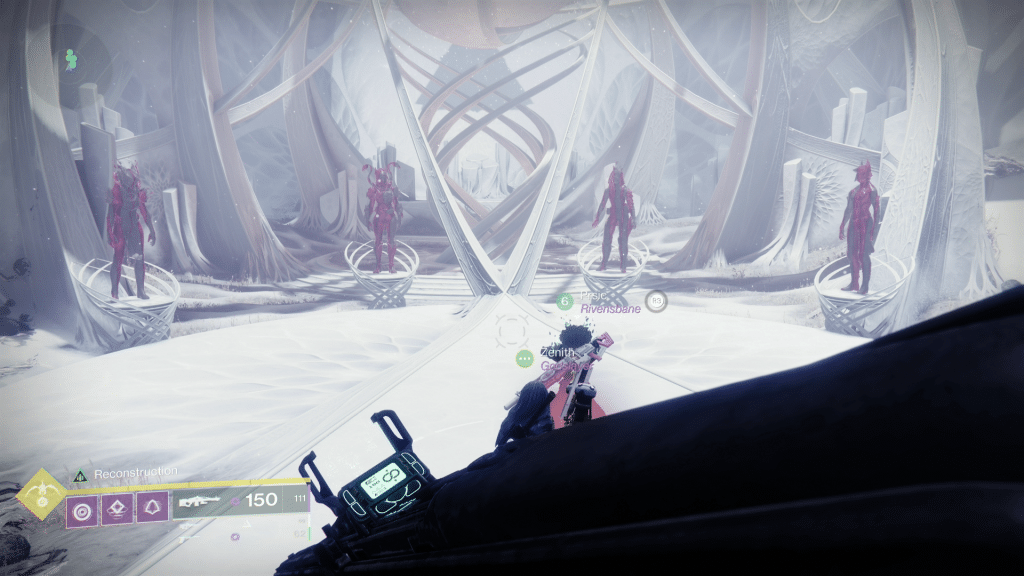
What an Intriguing Encounter
The first three encounters utilize the same progressive increase in difficulty that made Crota’s End so effective. First it’s a single symbol on two plates, then everyone needs a plate with a second symbol, cumulating in everyone getting a plate with a total of three systems. The fourth encounter is deceptively simple, and perhaps the most creative encounter is all of Destiny.
All of this comes with a final fight against The Witness. This fight is virtually identical to the aforementioned 12 person version, just with a few additional mechanics. What I love about it is the encounter isn’t about how good your weapons are, or figuring out an esoteric mechanic, it’s learning how to avoid his attacks. They’re devastating, even on the non-raid version, though getting everything right results in one of the best raid experiences to date.
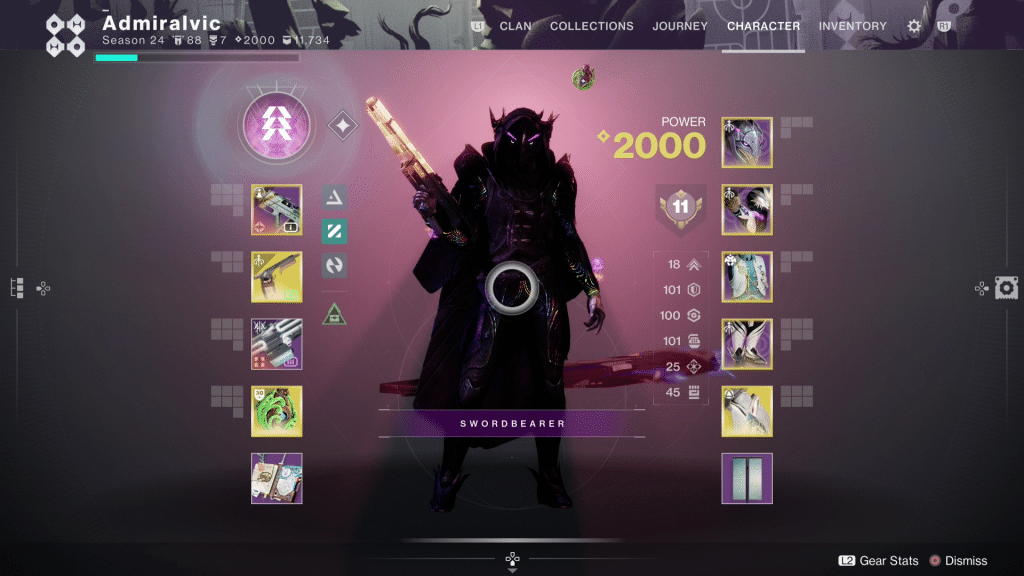
Already Have Over 10 Sherpas
Some of the other choices are a bit more divisive. For all the praise Pantheon received, raids are now set at -5 and feature elemental surges (specific elements do additional damage). This has resulted in a lot of discourse about Destiny’s future in regard to casual players.
While I absolutely believe the inclusion of surges will make raiding less approachable than before, I also think it’s a positive change. Previously gear would follow a rather predictable rotation. Each Raid, Trial, or Dungeon would have the latest “must have” roll, followed by it being rolled out to progressively accessible means. It’s just, once you have an Envious/Bait grenade launcher there was no point in grabbing another. With the adoption of surges, now every element has value in a wider array of activities.
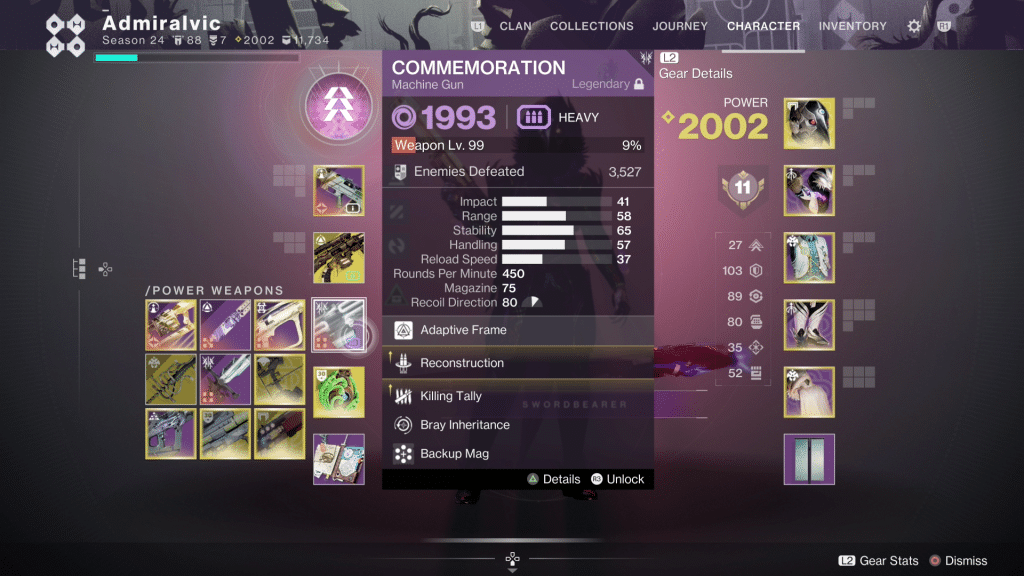
Ready for Any Situation
I’ll be curious to see if my hypothesis on this being Bungie’s latest attempt to balance power creep is correct. In the event I’m wrong, this still feels like a positive change. Each element will encourage a new option, and imagine these will sometimes extend beyond just using a different linear fusion rifle, or sword.
To help provide additional options is the new subclass, Prismatic. Even if it still has some kinks to work out, the core system greatly increases accessibility in late game content. For so long I stuck with invisibility on my Hunter because that is what I was use to.
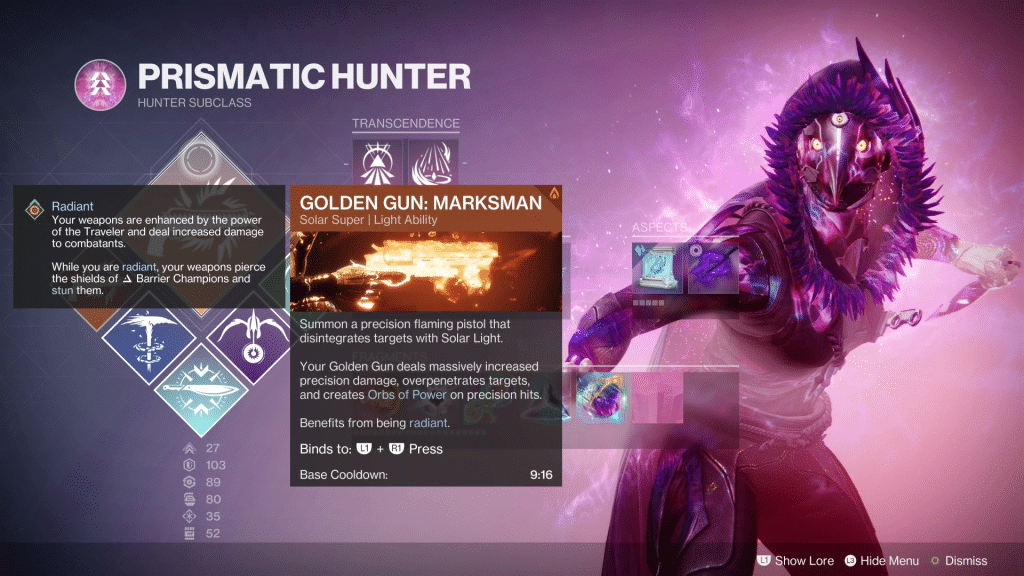
Through prismatic I can use snare bombs to disorient targets, if it gets fixed go invisible, and Duskfield grenades to slow/stun Champions. While this covers my main bases, I no longer have to run Tether, something a lot of encounters don’t actually call for. I can opt for Golden Gun to increase damage, or utilize Silence and Squall for phenomenal add clear.
Other classes see benefits as well. Even if Titan’s style of play is met with some questions about its end game power, it’s a lot of fun essentially pulling unlimited tricks out of my bag of fun. Proper utilization can make certain tactics incredibly potent, especially in higher level content where things are not always about killing enemies faster.
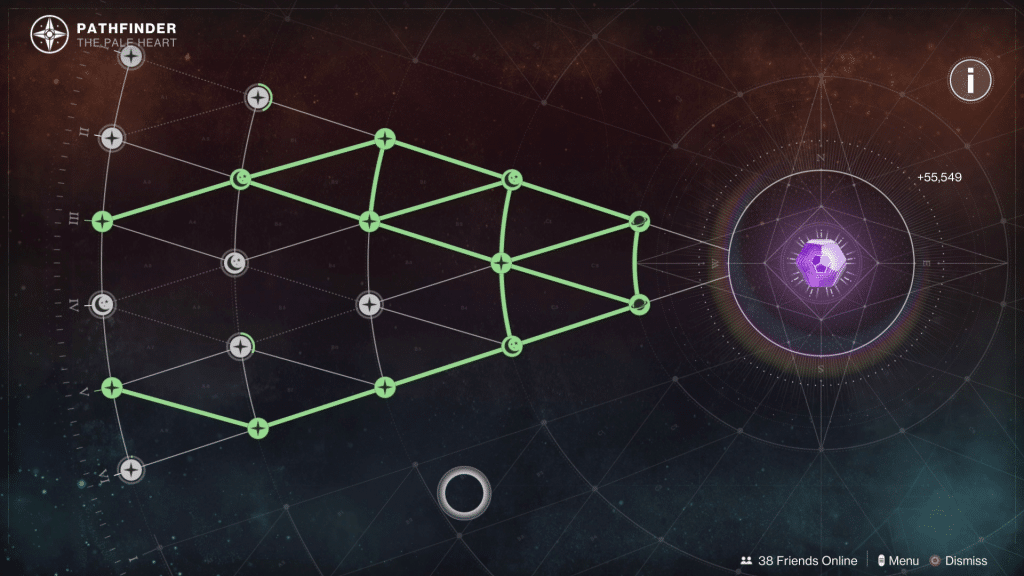
Another big point of contention is the newly added Pathfinder system. This replaces bounties by basically being the same thing, just without needing to go to the Tower. The advantage, at least for me, is a substantial gain in levels. At the time of posting I am rank 88 out of a possible 100 for the season pass, instead of something in the 40 range like previous seasons. In turn, even if I am not finishing every mission, or obtaining the all the potential rewards, progress feels significantly faster.
Similar things can be said about the new exotic armor system. Outside of the class item, exotics are unlocked through Rahool by maxing his reputation and using an exotic cipher. Like Pathfinder there are issues, like this is a massive investment, though it offers a bridge to unlock some of the most sought after exotics in the game. It offers much needed simplification, while also giving players a path to complete everything on their own terms.

Finally, I wanted to touch on the first Episode, Echoes. There was a lot of excitement, and concerns stemming from the seasonal model being viewed as stale. At its core I think Episodes have potential, it just depends on where these ideas ultimately go.
Choosing Failsafe is perhaps the perfect way to start this new period of Destiny’s life. The sarcastic AI was something of a fan favorite, though working her into the final fight, or really any narrative about The Witness was something of a struggle. So seeing her return, complete with a meta joke about all she missed, is a huge win for long standing players.
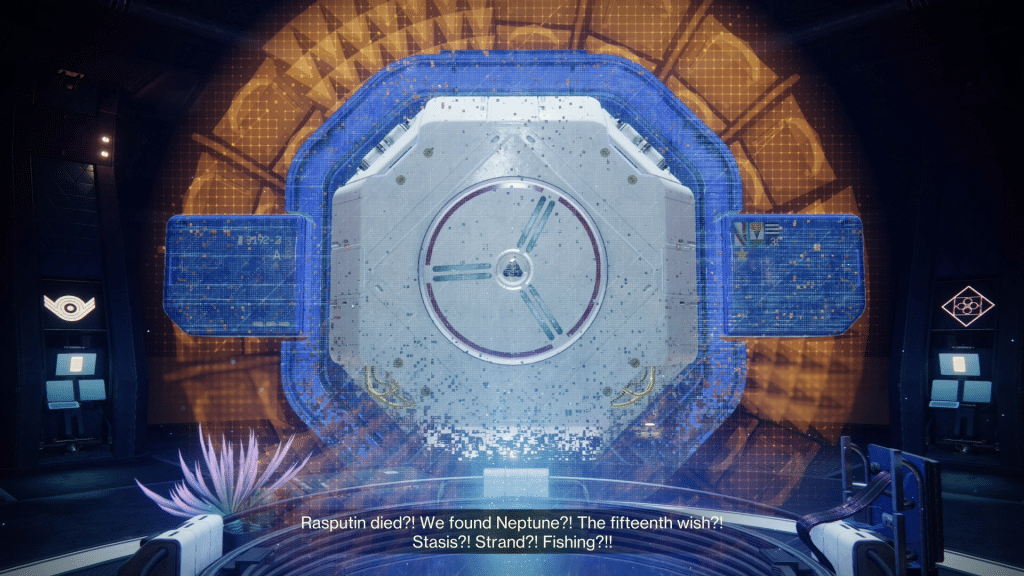
Where Echoes raises concerns is the question of what exactly makes it different from seasons. It utilizes the same type of activity, complete with the usual concerns of other people playing in a way that is inefficient. Long term the differences might show, but I am hoping this is the usual quirks present in new expansion seasons.
Destiny 2: The Final Shape Review Verdict

Destiny 2: The Final Shape: While I don't think Destiny 2: The Final Shape is perfect, it's probably the best Destiny expansion to date. The narrative concludes the saga in a satisfactory way, allowing Episodes to continue pushing the world forward. Prismatic offers a surprising amount of fun that better allows players to approach encounters their way. Salvations Edge might be among the hardest raids, though the core experience is simply satisfying. This doesn't even get into unique modes, bringing Destiny 2 to a more cohesive place, and leaving me excited to see what surprises await in the future. So for all of these reasons and more, it's an expansion well worth experiencing. – Grant
Editor’s Note: Destiny 2: The Final Shape was reviewed on PlayStation 5 and a copy was provided to us for review purposes.





